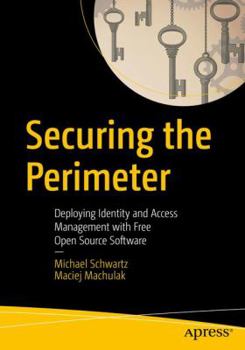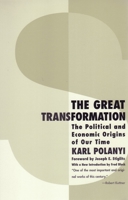Securing the Perimeter: Deploying Identity and Access Management with Free Open Source Software
Leverage existing free open source software to build an identity and access management (IAM) platform that can serve your organization for the long term. With the emergence of open standards and open source software, it's now easier than ever to build and operate your own IAM stack.
The most common culprit of the largest hacks has been bad personal identification. In terms of bang for your buck, effective access control is the best investment you can make. Financially, it's more valuable to prevent than to detect a security breach. That's why Identity and Access Management (IAM) is a critical component of an organization's security infrastructure. In the past, IAM software has been available only from large enterprise software vendors. Commercial IAM offerings are bundled as "suites" because IAM is not just one component. It's a number of components working together, including web, authentication, authorization, cryptographic, and persistence services.
Securing the Perimeter documents a recipe to take advantage of open standards to build an enterprise-class IAM service using free open source software. This recipe can be adapted to meet the needs of both small and large organizations. While not a comprehensive guide for every application, this book provides the key concepts and patterns to help administrators and developers leverage a central security infrastructure.Cloud IAM service providers would have you believe that managing an IAM is too hard. Anything unfamiliar is hard, but with the right road map, it can be mastered. You may find SaaS identity solutions too rigid or too expensive. Or perhaps you don't like the idea of a third party holding the credentials of your users--the keys to your kingdom. Open source IAM provides an alternative. Take control of your IAM infrastructure if digital services are key to your organization's success.
What You'll Learn
Use the SAML or Open ID Standards for web or single sign-on, and OAuth for API Access ManagementSynchronize data from existing identity repositories such as Active Directory
Deploy two-factor authentication services
Who This Book Is For
Security architects (CISO, CSO), system engineers/administrators, and software developers







































